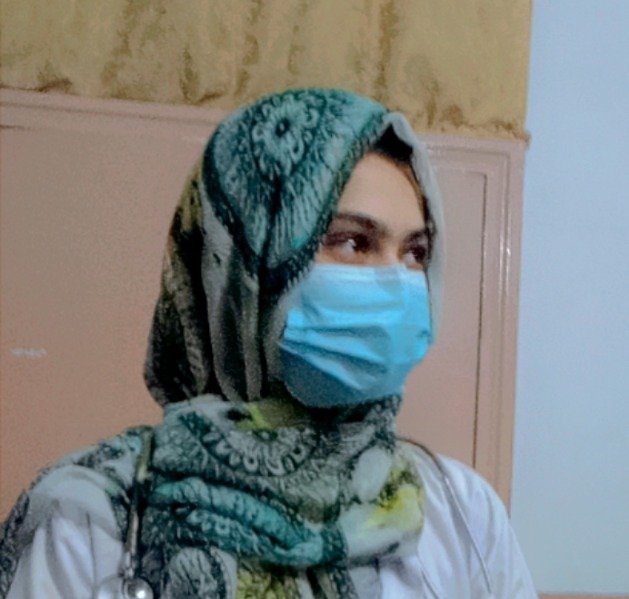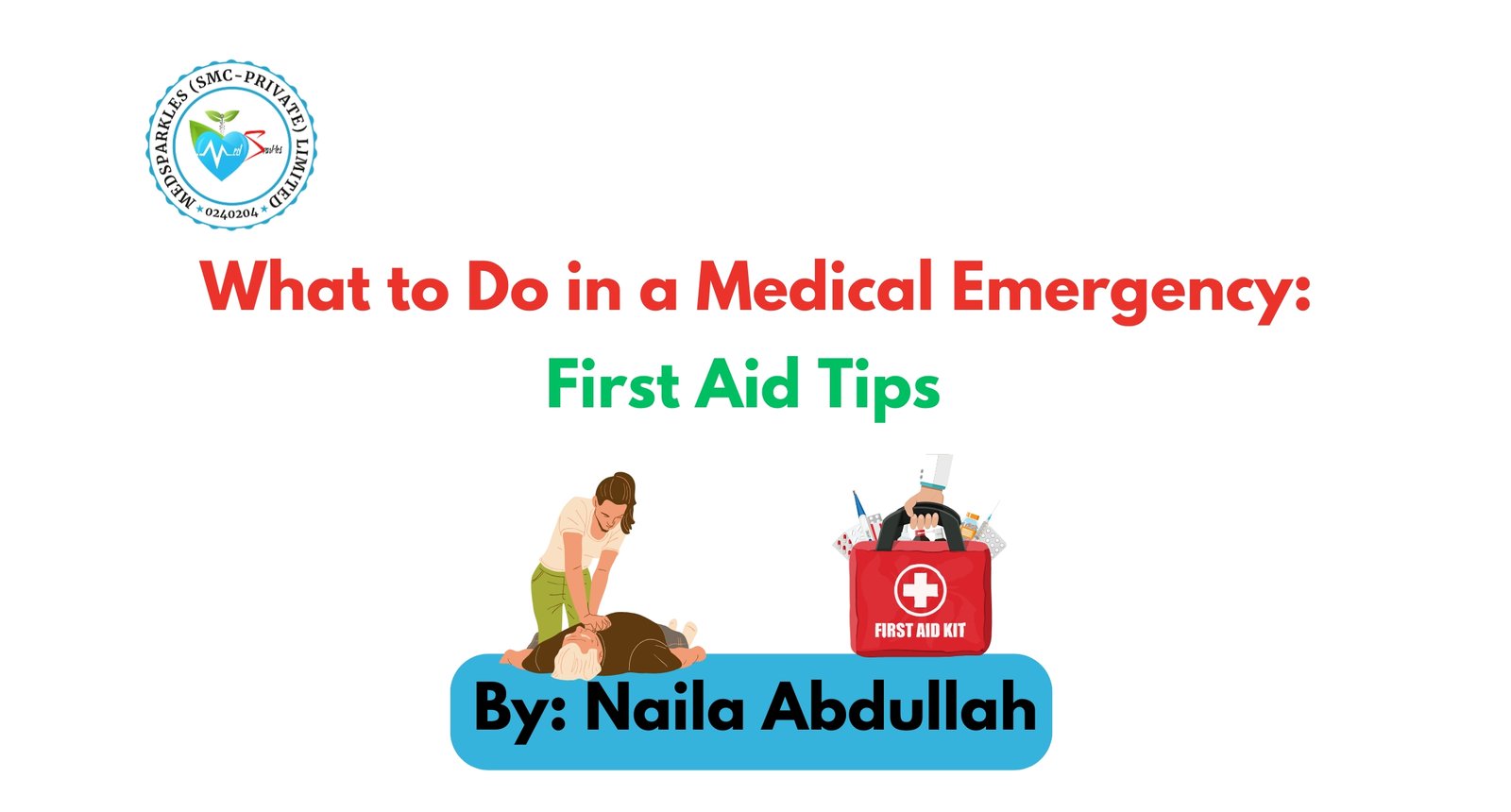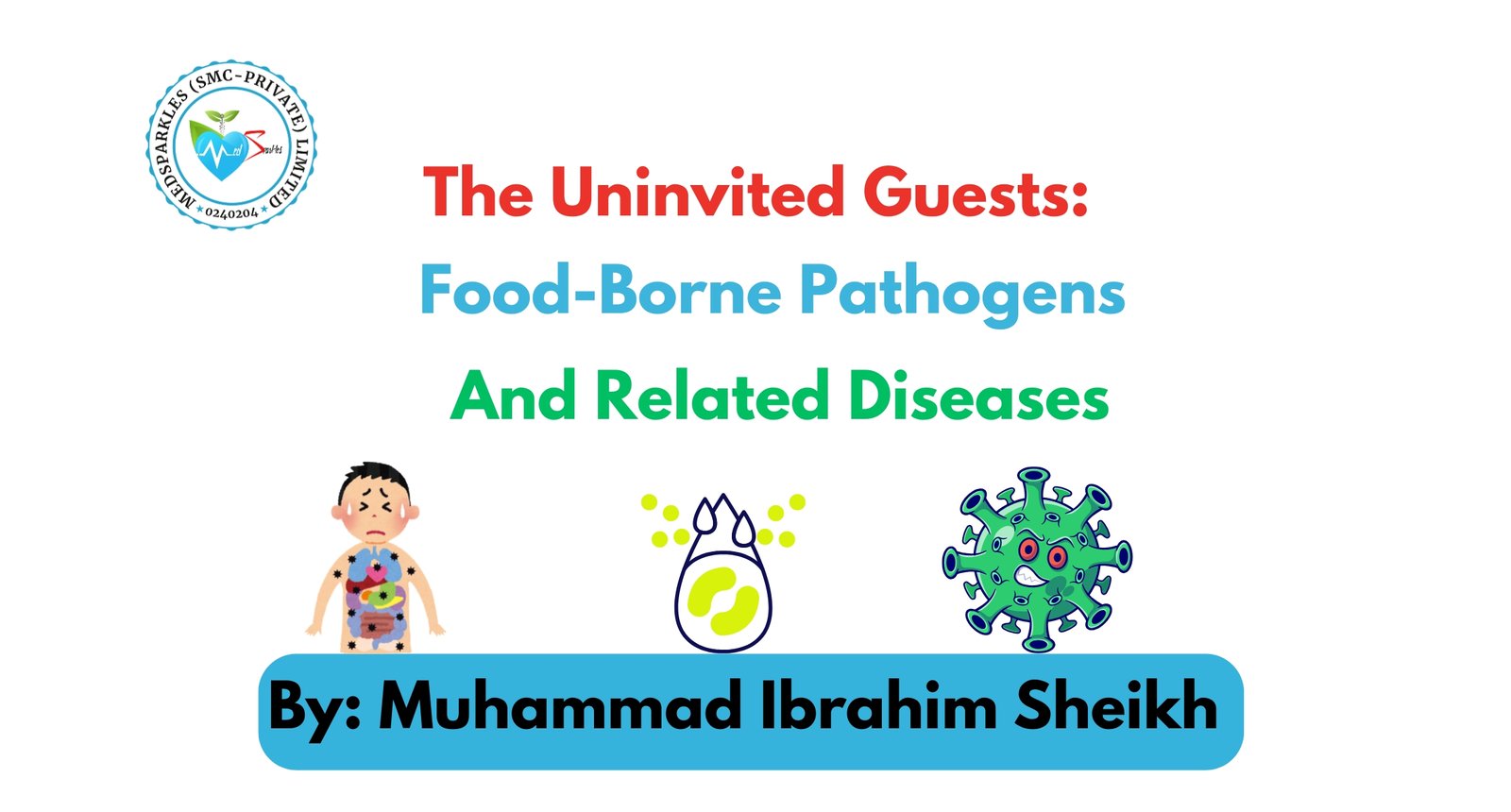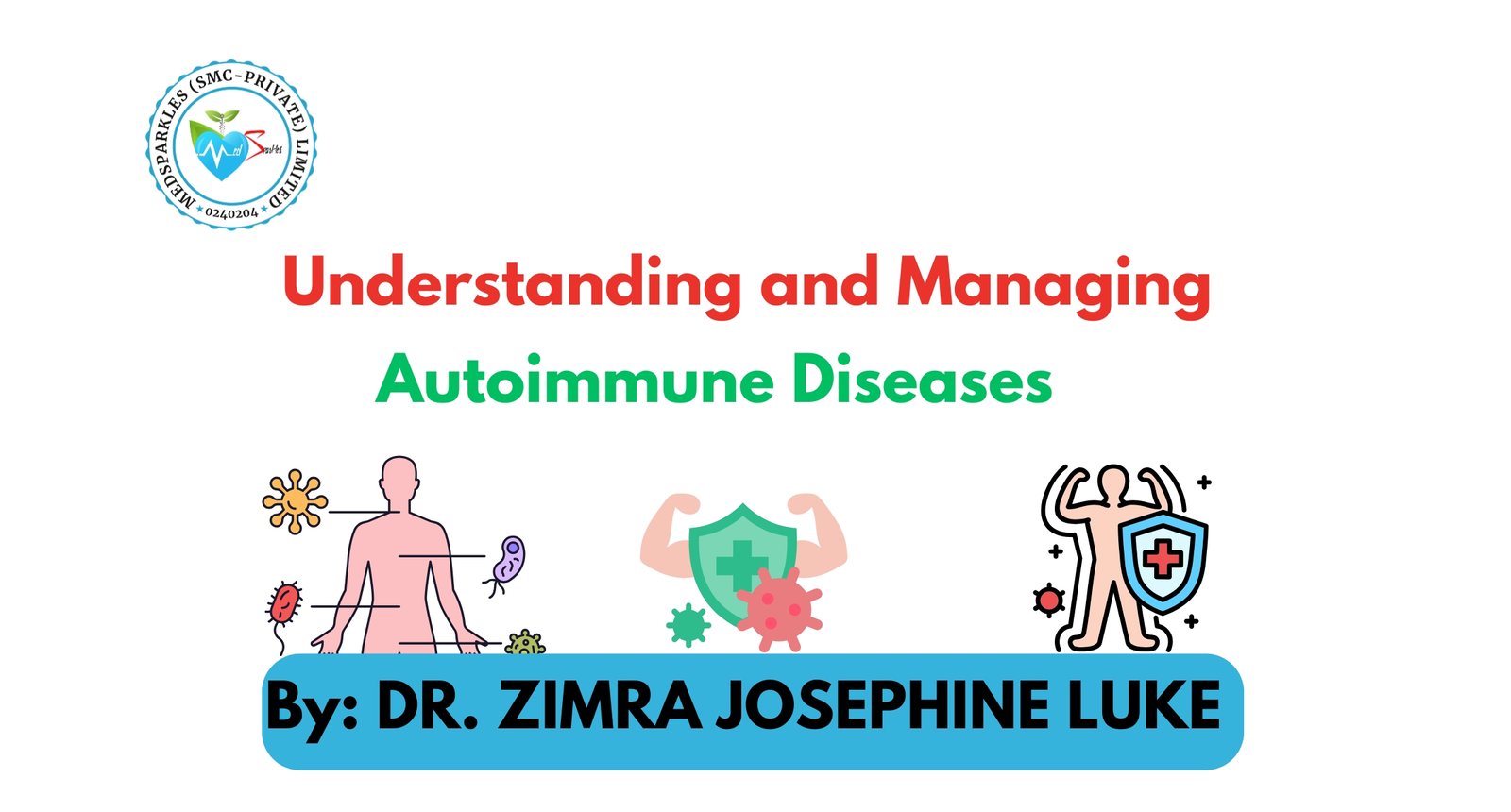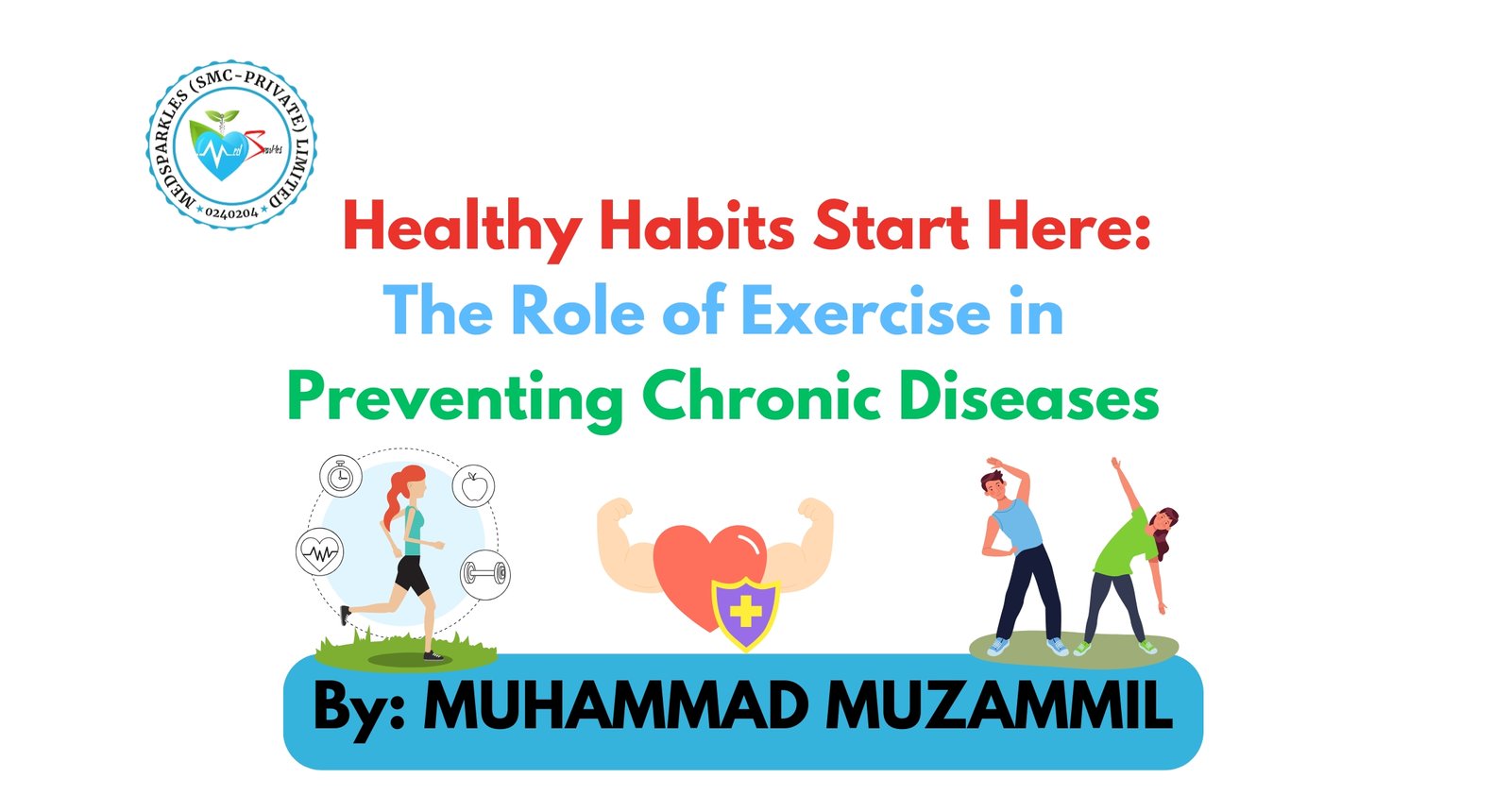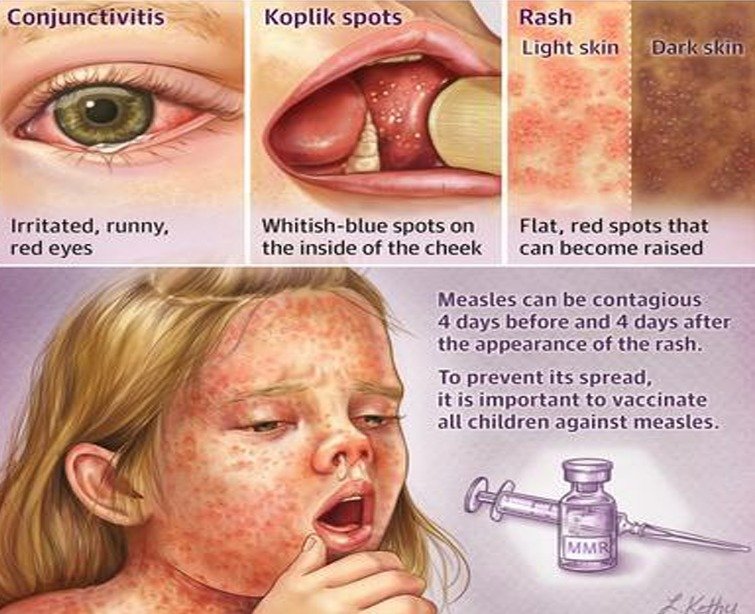
Measles is a highly contagious viral illness caused by a virus known as Morbillivirus that replicates in the nose and throat of an infected child or adult. Then, when someone with measles coughs, sneezes, or talks, infected droplets spread into the air, where other people can inhale them. The infected droplets may also land on a surface, where they remain active and remain contagious for several hours. You can contract the virus by putting your fingers in your mouth or nose, or rubbing your eyes after touching the infected surface.
Additionally, the genus Morbillivirus belongs to the virus family Paramyxoviridae, a group of enveloped viruses with non-segmented, negative-strand RNA genomes. It contains viruses that are highly infectious, spread via the respiratory route, cause profound immune suppression, and have a propensity to cause large outbreaks. Once very common, but Measles with a Vaccine can now almost always be prevented. For small children, Measles can be dangerous and even very fatal. However, it is mainly a childhood disease.
PATHOGENESIS
Measles is a systemic infection. The primary site of infection is the respiratory epithelium of the nasopharynx. Two to three days after invasion and replication in the respiratory epithelium and regional lymph nodes, a primary viremia (initial spread of virus in the blood from the first site of infection). occurs with subsequent infection of the reticuloendothelial system. Following further viral replication in regional and distal reticuloendothelial sites, a second viremia occurs 5-7 days after initial infection. During this viremia, there may be infection of the respiratory tract and other organs. The measles virus is shed from the nasopharynx beginning with the prodrome until 3-4 days after rash onset. Koplik’s spots and the rash in measles are thought to be the result of a delayed hypersensitivity reaction, the virus antigen being absent from the lesion itself.
TRANSMISSION
Measles is one of the world’s most contagious diseases means it can be transmitted easily from person to person. It is commonly spread by coughing and sneezing, close personal contact or direct contact with infected nasal or throat secretions. The virus remains active and contagious in the air or on infected surfaces for up to 2 hours. It can be transmitted by an infected person from 4 days prior to the onset of the rash to 4 days after the rash erupts. The measles virus is transmitted via the respiratory route and replicates in the nasopharynx and regional lymph nodes within 2 to 3 days after exposure. A secondary viremia occurs 1 week later and is spread to nearby tissues.
SYMPTOMS
Measles is a viral disease that causes uncomfortable symptoms and can lead to life-threatening or life-changing complications. The Centers for Disease Control and Prevention (CDC) states that symptoms usually appear 7–14 days after exposure. However, according to the WHO, they can take up to 23 days.
The common symptoms include:
- A fever, possibly up to 104°F (40°C)
- A cough
- A runny nose
- Koplik spots
- Sneezing
- Watery eyes
- Body aches
- Small white spots in the mouth, appearing 2–3 days after early symptoms
- A red rash, appearing around 3–5 days after symptoms start.
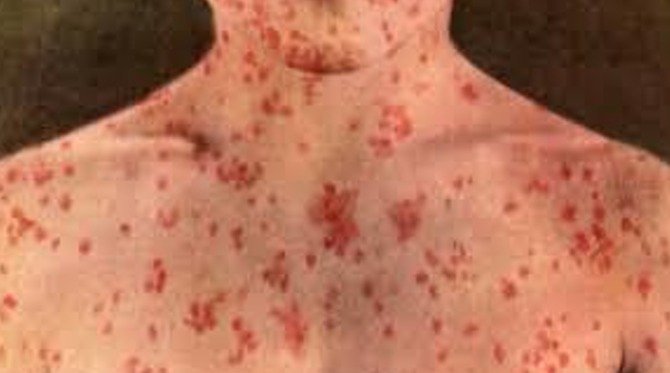
The rash usually starts at the hairline and spreads down through the body. It may begin as flat, red spots, but small bumps may appear on top. The spots may join together as they spread.
DIAGNOSIS
Not all childhood rashes are measles, but the systemic rash from head to toe is a clinical symptom common to measles. A unique clinical manifestation is the Koplik spots. The diagnosis is usually apparent from the characteristic clinical picture, laboratory confirmation is rarely needed. Testing for measles IgM antibodies is recommended in some situations. Measles IgM is detectable after illness, but the sensitivity of IgM assays may be limited in the first 72 hours of the rash illness. Isolation of the measles virus from clinical samples is also useful in identifying the genotype of the strain to track transmission patterns. The virus can be isolated from urine, nasopharynx, blood, and throat cell samples within 7 days of symptoms. During the prodromal phase, multinucleated giant cells can be demonstrated in smears of the nasal mucosa. Antibodies become detectable when the rash appears, we perform an MMR test on blood. The measles virus can be isolated from the tissue culture of human embryonic cells. Cerebrospinal fluid in patients with measles encephalitis usually shows an increase in protein and a small increase in lymphocytes. White blood cell count tends to be low with a relative lymphocytosis. Diagnosis is often done by clinical symptoms, history of international travel, risk factors, and exposure. Laboratory test results may show decreased platelets, specifically low T cells, which put immunocompromised patients at greater risk. A chest X-ray can also be done to diagnose measles.
PREVENTION
After a person has measles once, they usually have immunity and are unlikely to have it again. A doctor will usually recommend vaccination for those who have not had measles and do not have immunity. You can avoid catching measles by having the measles, mumps, and rubella (MMR) vaccine.
VACCINATION
In the United States, the CDC recommends that people have the measles, mumps, and rubella (MMR) vaccine as follows: one shot at 12–15 months of age and a booster shot at 4–6 years, before starting school. Newborns have immunity from their mother for several months after birth if the mother has immunity.
TREATMENT
No specific antiviral treatment exists for the measles virus. Severe complications from measles can be reduced through supportive care that ensures good nutrition, adequate fluid intake, and treatment of dehydration with WHO-recommended oral rehydration solution. This solution replaces fluids and other essential elements that are lost through diarrhea or vomiting. Antibiotics should be prescribed to treat eye and ear infections and pneumonia. All children diagnosed with measles should receive two doses of vitamin A supplements, given 24 hours apart. This treatment restores low vitamin A levels during measles that occur even in well-nourished children and can help prevent eye damage and blindness. Vitamin A supplements have also been shown to reduce the number of measles deaths. To help you recover doctor might prescribe the following such as fever-reducing acetaminophen (Tylenol) or ibuprofen (Advil) to help relieve the fever that accompanies measles. To relieve a cough and sore throat humidifier is prescribed.
CONCLUSION
Overall, the measles is a highly contagious viral illness caused by a virus that replicates in the nose and throat of an infected child or adult. Then, when someone with measles coughs, sneezes, or talks, infected droplets spread into the air and through this they can be transmitted to others. It can lead to life-threatening complications. The symptoms usually appear 7–14 days after exposure and can also take up to 23 days. However, there is no specific treatment for this, it can be prevented by vaccination, known as the MMR vaccine.
FREQUENTLY ASKED QUESTIONS
Is measles a bacterial or viral infection?
It is a viral infection caused by a virus known as Morbillivirus belongs to the Paramyxoviridae family.
Who is most at risk for measles?
Unvaccinated people, immunosuppressed individuals, and pregnant women are more at risk for measles.
Which vaccine is to prevent measles?
The MMR vaccine is used for measles. It is a trivalent vaccine used against measles, mumps, and rubella.

